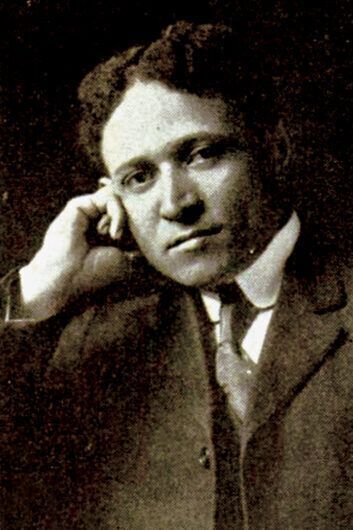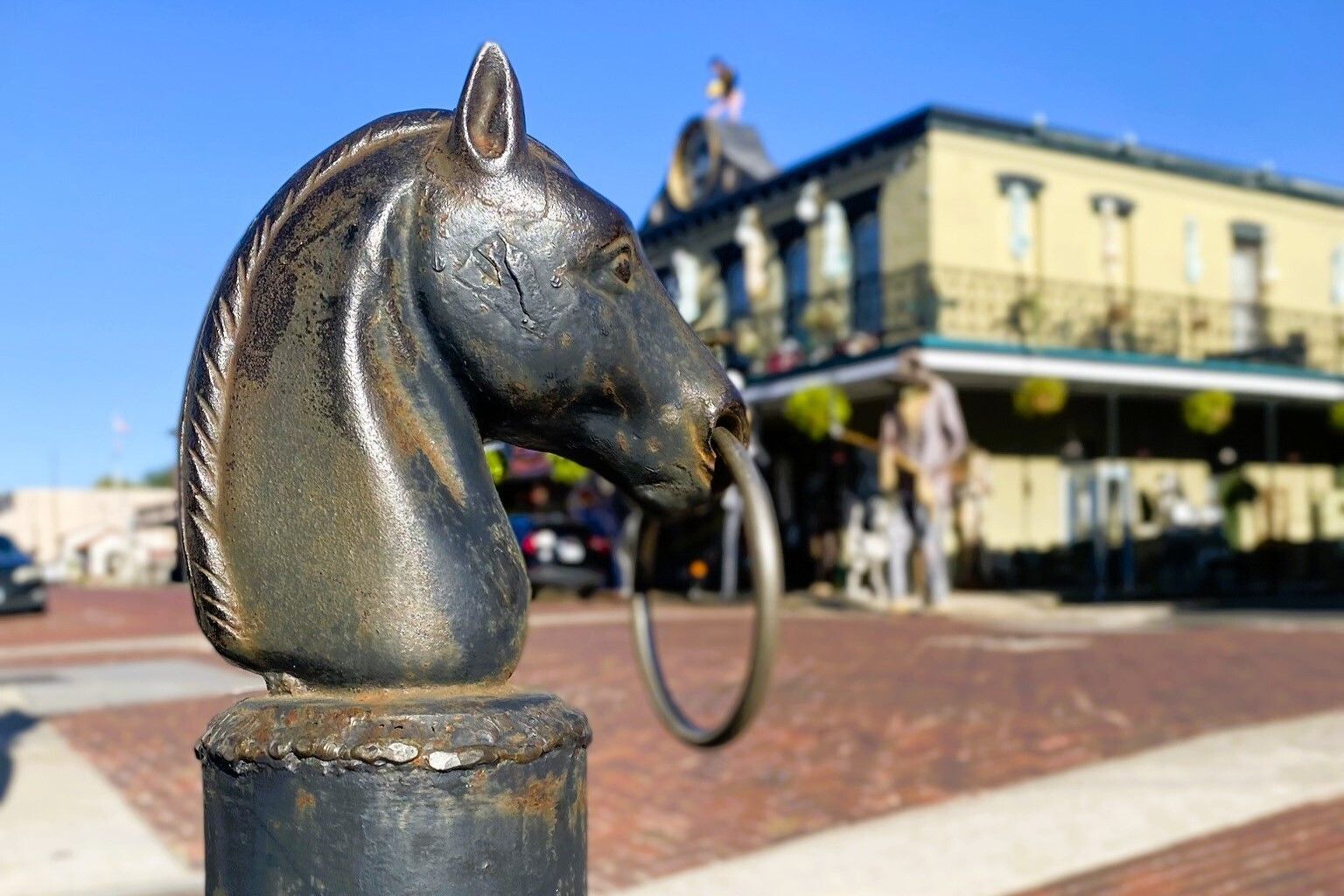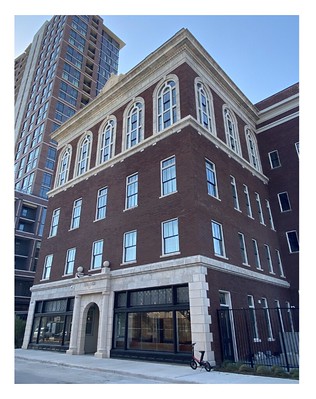
William Sidney Pittman was a trailblazer for Black architects in the early 1900s. He designed over 50 substantial buildings during his 28-year career. The commissions he worked on gained him national prominence in the architecture field at a time when few Black architects practiced.
Pittman’s Black contemporaries mainly designed churches for Black congregations; however, Pittman expanded his scope of projects beyond that to include exhibition and meeting spaces, civic buildings, fraternal lodges, manufacturing facilities, and buildings for higher education. Most of his work served the Black community, and he made it a point to use Black construction workers for his projects. Pittman designed many significant buildings in Texas after moving to the state in 1912. A good portion of those projects have not survived. Those that did are in Dallas, Fort Worth, Houston, Waco, and Waxahachie.
Built in 1912, Dallas' Beaux-Arts style Knights of Pythias Temple is one of Pittman’s most important works in Texas, and it received national acclaim. The Knights were an important Black fraternal organization, and the building was constructed in the Deep Ellum area of Dallas in a former “freedmen’s town” settled by formerly enslaved people after the Civil War. The building quickly became a landmark and symbol of achievement for the Dallas Black community. It served as a center for civic, business, and social life at a time when segregation offered few alternatives. Here members could find grocers, doctor’s offices, realtors, a dentist, and more. It also featured a grand top-floor auditorium for special events.
The Knights struggled during the Great Depression and sold the building in 1944. The Union Bankers Insurance Company purchased it in 1959 and changed the building extensively. They altered the storefront, removed many of the decorative features of the building, replaced the original wood windows with metal ones, and painted the entire building gray. Despite these changes to the exterior, the building became a City of Dallas Landmark in 1989 due to its architectural and cultural significance to the Black community.
The temple sat vacant from 1989 until the mid-2010s when redevelopment plans took shape. As part of the redevelopment, the building received extensive rehabilitation as a boutique hotel. With the architectural plans long gone and pieces of the building missing, architects relied on renderings and old photographs of the exterior to restore it as close as possible to Pittman’s original design.
The building reopened as The Pittman Hotel in 2020, named for William Sidney Pittman. Today, it is one of Dallas’ most important landmarks and an exemplary example of the rehabilitation and reuse of an historic structure.
- David Preziosi, THF President & CEO
What happened to William Sidney Pittman? What other buildings of his remain in Texas? You can learn all this and more in THF’s President David Preziosi’s upcoming article in the April edition of Authentic Texas magazine. All Texas Historical Foundation members receive a subscription to Authentic Texas with their membership. Join today to receive your copy!


